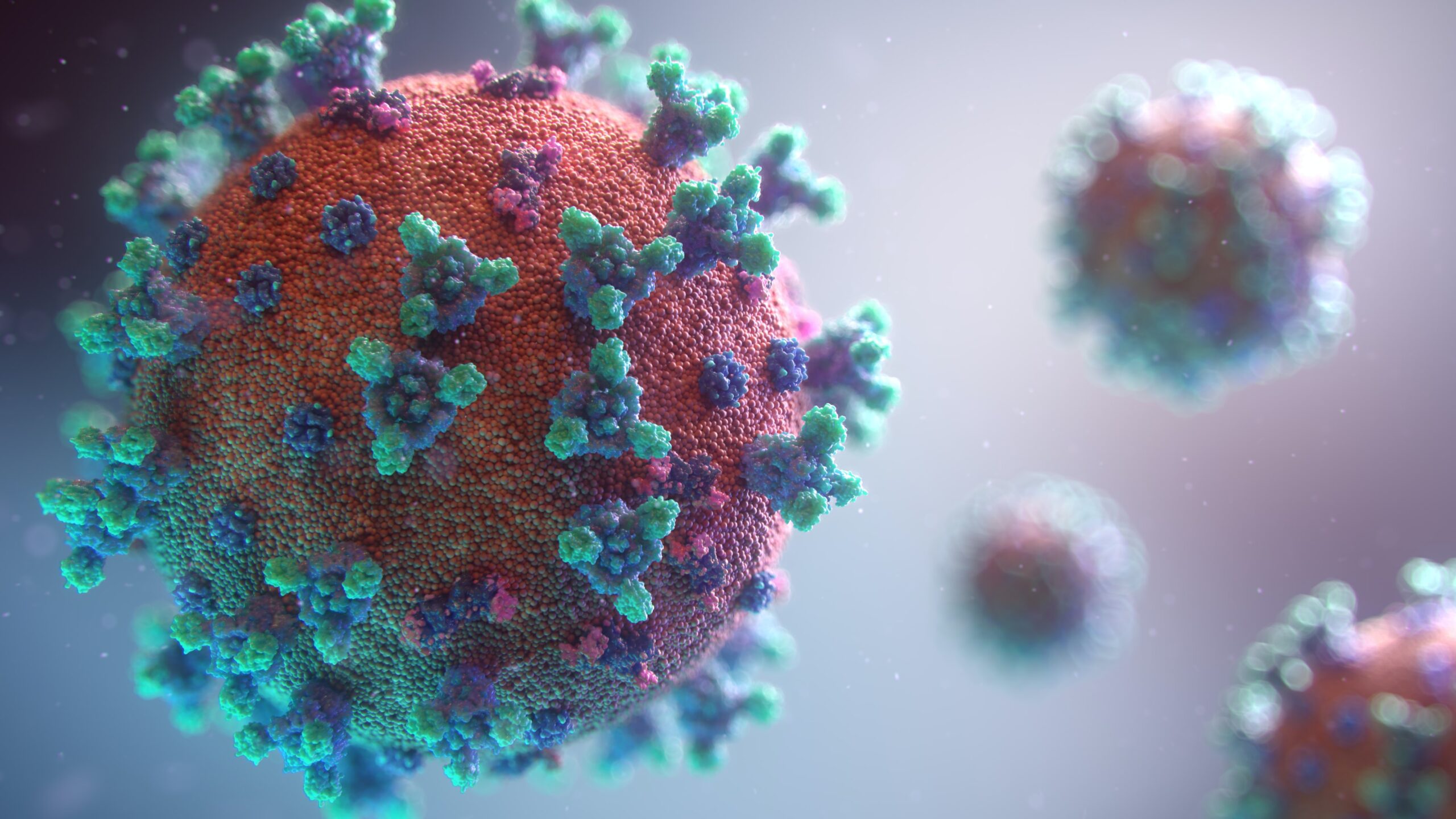
Bali Province has been grappling with a high incidence of rabies, making it one of the regions with the highest number of cases in the country. To combat this alarming situation, the Ministry of Health (Kemenkes) of the Republic of Indonesia has taken action by dispatching a substantial supply of 30 thousand anti-rabies vaccines (VAR) to Bali.
The Head of Bali Provincial Health Office (Dinkes), I Nyoman Gede Anom, expressed his satisfaction with the recent delivery, stating, “Yesterday, we received a shipment of 30,000 doses, which have already been distributed to various health centers. Additionally, the regencies and cities have also undertaken their own distribution efforts. Consequently, we can affirm that the current vaccine stock in Bali is sufficiently adequate to address the prevailing needs.”
Currently, the Bali Health Office possesses a total of 41,300 doses of anti-rabies vaccines, which have been primarily allocated for human use. Local regencies and cities have consistently requested between 1,000 to 2,000 vials, with the highest demand being observed recently in Buleleng Regency.
With the availability of this substantial vaccine stock, Anom expressed his hope that the mortality rate resulting from rabies transmission through animal bites can be significantly reduced.
He emphasized the importance of immediate action after an incident, stating, “Our primary objective is to encourage individuals who have been bitten or licked by dogs, especially stray dogs, to promptly wash the wound with water and soap within the crucial ten-minute window. Subsequently, we strongly urge them to seek medical attention from designated healthcare facilities, where trained personnel can administer the necessary treatment.”
Following established protocols, if the bite is caused by a stray dog, individuals can expect to receive the VAR injection without delay. Conversely, if the bite originates from a domesticated pet dog, the dog will be initially quarantined and evaluated by healthcare professionals before any treatment decisions are made.
“The evaluation process typically takes up to one week. In cases where rabies is suspected, the dog’s survival rate is usually limited to 3-4 days. If the dog succumbs to the disease, the affected individual will receive the VAR treatment. However, if the dog remains healthy after two weeks, there is no cause for concern, and the individual will proceed with the initially administered VAR dosage,” explained the Head of Bali Health Office.
Anom further elaborated on the vaccination schedule, emphasizing that the anti-rabies vaccine is administered on four occasions: immediately following the bite, on the third day, one week later, and finally, two weeks after the incident.
“For individuals bitten by domesticated pet dogs, a single VAR administration is sufficient, while closely monitoring the dog’s health condition to assess the necessity of additional vaccinations. In contrast, for individuals bitten by stray dogs, the VAR treatment is administered four times: twice on the first day, followed by subsequent doses one week and two weeks later,” clarified Anom.
Highlighting the current situation, the Bali Health Office reported approximately 19,000 cases of dog bites this year alone, with a significant proportion of the victims having already received the necessary vaccinations. This comprehensive vaccination effort has ensured the effectiveness of the preventive measures implemented thus far.
Despite the abundant availability of VAR in stock, Anom emphasized that a proactive approach to prevention should be taken, primarily through the vaccination of rabies-transmitting animals. This responsibility lies with the Department of Agriculture and Food Security.
Furthermore, Anom emphasized the importance of downstream actions, focusing on providing VAR to bite victims. It is worth noting that the symptoms of rabies do not manifest immediately after a bite incident, necessitating appropriate medical attention.
“Symptoms can appear after approximately one month if the bite occurs on the neck and within 2-3 months if it occurs on the leg. However, once symptoms such as hydrophobia, sensitivity to light, and agitation appear, the prognosis becomes grave, often resulting in death. Nevertheless, if individuals have received the VAR treatment, the survival rate is guaranteed at 100%,” concluded Anom.

















